HRH The Prince of Wales: 'It is a complex, dynamic and interconnected process... The task is to find an equitable balance between space for Nature and space for food production'
HRH The Prince of Wales writes in his birthday leader article of the many challenges that lie ahead as we seek to balance Nature, farming and biodiversity — and all on a small, heavily-urbanised island with a growing population.
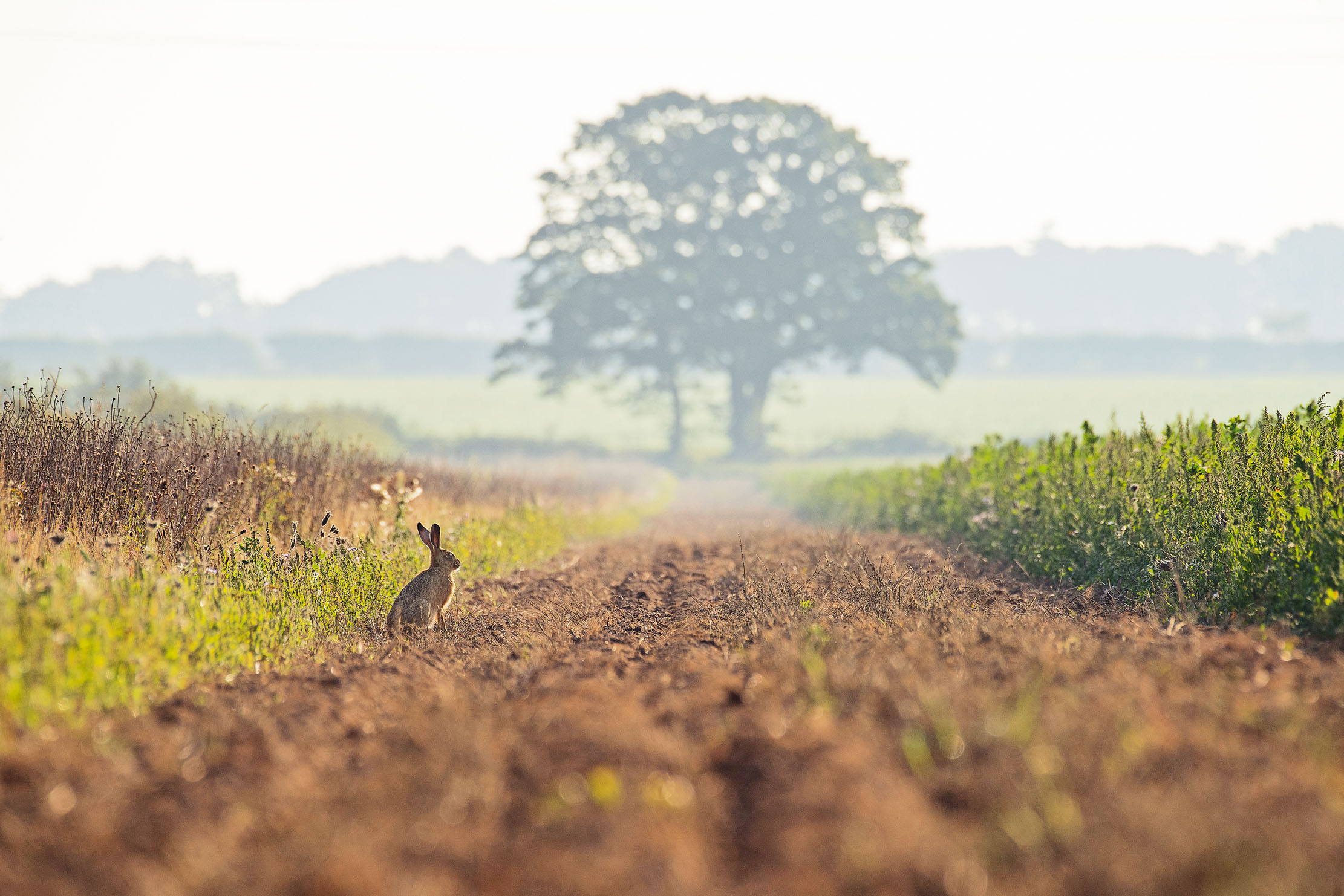

It is now, unbelievably, eight years since I was first invited to be Guest Editor of Country Life. On that occasion, I was asked to include a favourite painting and chose a huge landscape by Rex Vicat Cole created in 1929. It is a view of Wharfedale on the Bolton Abbey estate in the Yorkshire Dales. In the foreground, tall trees frame a lush meadow, beyond which sit farm buildings and dark hills that brood beneath a sky heavy with clouds laden with rain. The light shifts constantly across the scene in an exceptional piece of observation by a master craftsman. It is a beguiling image that transfixes me every time I see it, just as the landscape itself does — a landscape that depends more than we think on those trees that frame the view.
In 1929, Vicat Cole could have chosen 1,000 views of the British countryside that contained the same elements: large clusters of woodland; hedgerows criss-crossing the landscape; meadows that were safe havens for ground-nesting birds; and an abundance of wildflowers — all part of a mixed, diverse farming system that largely avoided chemical pesticides and fertilisers. Instead of growing one crop on a vast scale, fields reared a mixture of arable and livestock in a rotational system where the animals played a crucial role in managing soil fertility and where the health of streams and natural habitats was not destroyed by the run-off from today’s intensive factory farm operations.
I have felt deeply about these consequences ever since my teenage years, and I will continue to do so because they matter so much. Back in the 1960s, I could see how the rapid industrialisation of farming was destroying thousands of miles of hedgerows and hedgerow trees, all to make farming more ‘efficient’. Between 1945 and 1985, we lost about 100,000 miles of hedgerows, a length that could circle the Earth four times. Those that survived were often neglected, leaving rows of unkempt trees full of gaps incapable of keeping rural life intact because, not only do hedgerows hold livestock in place, they also protect the soil. Without them, huge amounts of fertile topsoil have been lost to the wind and water erosion.
Our remaining hedgerows are still the country’s single biggest Nature reserve, offering important green corridors and an abundance of food and protection for wildlife. This is why, despite looking as if I have just come off the field at Agincourt, I continue to wrestle each winter with lethal hawthorn and blackthorn branches in an attempt to lay some of the hedges I have planted over the past 41 years.
Up to now, I am told I have planted more than 15 miles of hedgerows around Highgrove and have been encouraging the planting and laying of more hedges on the Sandringham estate. I have always felt that avenues are a wonderful enhancement to the landscape and give great pleasure to so many people, as well as providing another way of planting more trees in general.
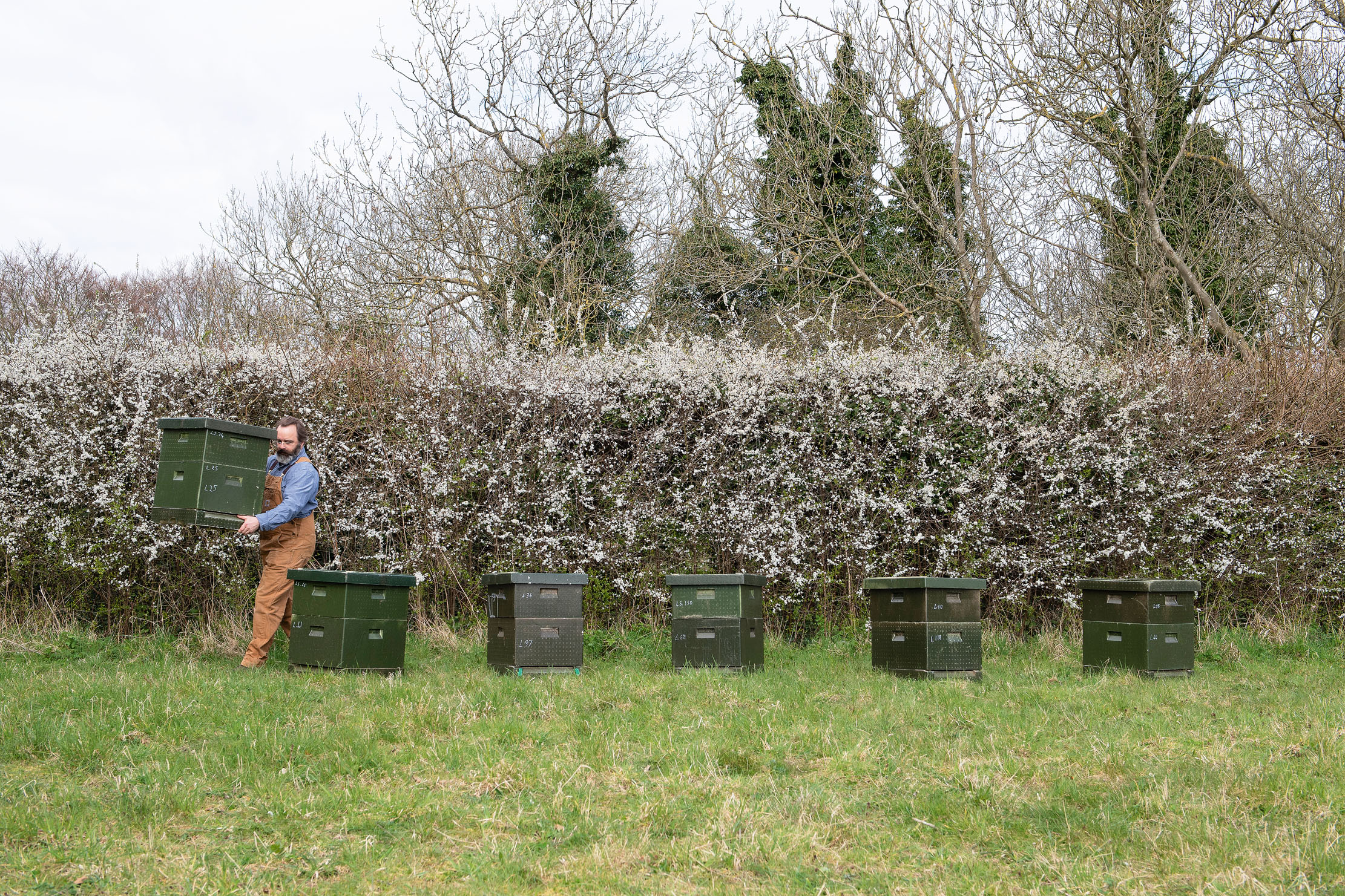
Over the past two years of this dreadful pandemic, I have also felt that commemorating all those who have so tragically died through planting avenues in their memory in different parts of the country, whether in towns, cities or the countryside, might be something worth considering.
I have also been working with the Duchy of Cornwall to plant 2,000 new hedgerow trees every year on its land, not least to counter the catastrophic impact of ash dieback, which, alas, will likely wipe out the vast majority of our 150 million ash trees. That, and the infamous Dutch elm disease, have such a devastating effect upon our landscape, but in fact are only two of the hundreds of pests and diseases that now threaten UK trees and plants. It is so important that we trial species that may be resistant to some of the more prevalent ones. At Highgrove, there are now some Manna ash (Fraxinus ornus) and a variety of elms, including Ulmus ‘New Horizon’, ‘San Zanobi’, ‘Fiorente’, ‘Rebona’, U. minor ‘Ademuz’, U. laevis, Eisele’s clone A1 and Eisele’s clone H1.
Sign up for the Country Life Newsletter
Exquisite houses, the beauty of Nature, and how to get the most from your life, straight to your inbox.
However, it is not only wildlife that will be affected by the loss of tree cover. I do not think it is understood enough how important trees and grasses are in building soil fertility. I have long felt our future health will depend upon building up depleted soils using sustainable farming practices, such as the reintroduction of crop rotations, which include a fertility building phase of grass clover with grazing livestock, to replenish lost organic matter in the soil. Trees will play a vital role in this managed process because they retain moisture and enable other plants to thrive and improve the soil. I cannot emphasise enough the importance of ‘agroforestry’, which includes traditional field and hedgerow trees, but also more designed systems, where trees and crops or livestock occupy the same piece of land, delivering multiple benefits to the farmer.
More generally, trees also act as very effective air-conditioners, breathing in carbon dioxide and breathing out life-supporting oxygen, making them key to establishing ‘carbon sinks’. In urban settings, they help regulate temperatures and can play an effective role in flood management. And they are a very important economic commodity, something of which we should also be mindful.
The UK is one of the world’s top five importers of timber and our demand is not going to shrink. In fact, we are going to need more wood in the future, given the many ingenious, sustainable alternatives using cellulose that will hopefully replace oil-based plastics. Wood could also replace concrete and steel in so many building projects. Although we should help ensure our food security through supporting sustainable local producers, perhaps we should also consider shoring up our timber security, which cannot happen overnight. We need to plant more trees now.
This is why, as Patron of the Queen’s Green Canopy (QGC), I am keen to encourage as many people and organisations as possible to ‘plant a tree for the Jubilee’ — in other words, a ‘Treebilee’! — but it has to be done wisely to ensure that the right tree is planted in the right place. The QGC’s website has an excellent step-by-step guide to the process.
However, in short, it is crucial to think carefully about three elements and three stages: the site, the soil and the species; and planning, planting and protection. Sadly, I have come across too many big planting schemes initiated, albeit in good faith, by agencies or housing developers that forget the final stage and, therefore, do little to increase the number of trees. The last thing developers often do to make a new housing scheme look attractive is pepper its new streets with young trees, but then they leave the site and the trees are forgotten.
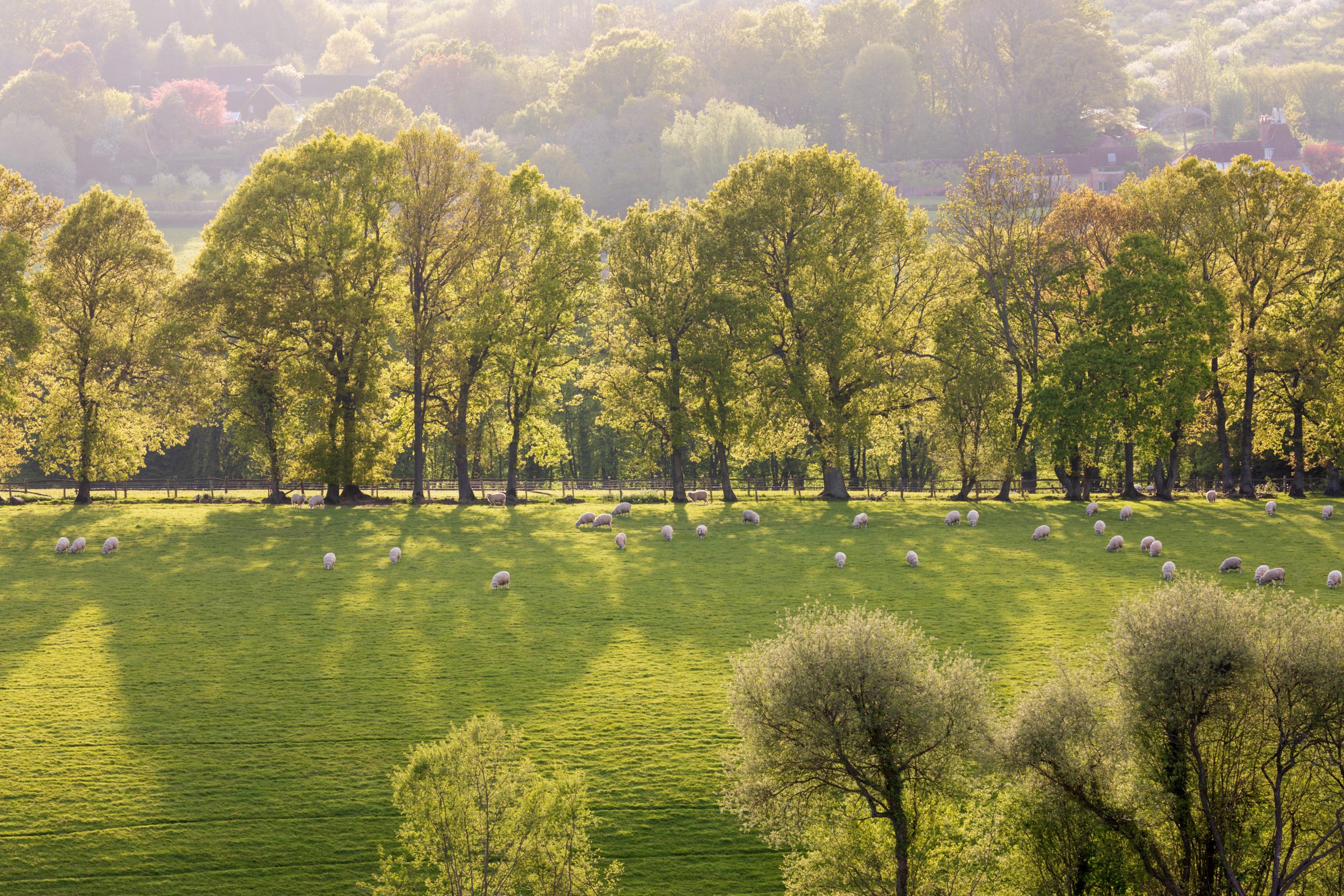
The same can happen when a major road-building project is completed. Trees are deployed as landscaping, yet never tended again, with the result that millions may have been planted, but many quickly die through neglect, a lack of watering, weeding or such like. To succeed, any tree-planting scheme must be carefully managed all the way to maturity.
We do have to widen our choice of species — but, again, carefully. Although we greatly value our important native tree species and will continue to plant them, climate change, pests and diseases are threatening their existence. I have watched the trees I planted 12 months ago receive almost no rain in April, get deluged in May, be bitten by late frosts and then lashed by strong winds and these once ‘abnormal’ events are now becoming the ‘new norm’. This will be compounded by the impact of the tree diseases coming our way, so we need to consider including in our planting schemes varieties that will perhaps have a better chance of coping with these changing conditions.
Recently, I helped Her Majesty The Queen plant a copper beech at Balmoral to launch the first tree-planting season in the QGC project. It is one of a wide range of good species, diversity being the key if we are to embed resilience into our treescape. It is imperative that we avoid the mass planting of the same species — monocultures — and instead develop diversity in terms of species, age and structure, the latter including the understorey which is such a vital, but oft-neglected component in any woodland.
In terms of species, I am particularly keen on sweet chestnut and sycamore, which are not native, but have proved over time to have adapted well to the UK’s conditions. We must also not forget the much under-appreciated, but very special hornbeam, as well as the wonderfully resilient, dependable and attractive field maple.
These are just a few of the species that I enjoy planting, but, as Patron of both the Royal Botanic Gardens, Kew, with its world-class arboretum, and the Royal Botanic Garden, Edinburgh, I have learned of the many different trees we can grow in this country. We need to work with such establishments to ensure that this knowledge is made available to those involved in tree-planting projects and also that nurseries can supply this broader range of species.
There is a great deal of expertise we can tap into and it is interesting how often problems faced by those working the land or enjoying its resources have found solutions by planting trees. The Pontbren Project, for example, was an upland land-management collaboration between sheep farmers in a catchment area of the River Severn near Welshpool.
"The task is to find an equitable balance between space for Nature and space for food production, and that is complicated"
What fascinated me when I met them back in July 2006 was how reintroducing hardier breeds did away with the need for expensive buildings. Instead, the farmers improved their hedges and copses to provide shelter, and that reduced the amount of water that ran off the land during heavy rain. Scientific field research has since confirmed that strategically located belts of trees improve the quality of livestock farming on these upland grasslands and the Pontbren farmers came to regard woodland management as an integral part of farm management.
The Tweed Forum found similar solutions by pooling their knowledge. The River Tweed’s lower reaches are some of the best in the country for salmon. They are fed by a complex system of streams where the salmon spawn and fertile sediment is generated. Sadly, 30 years ago, habitats were being lost or polluted by agricultural run-off, wetlands had been drained and water courses straightened, all of which caused more frequent, severe flooding.
Those with a vested interest realised they had to club together to fix things, so they founded the Tweed Forum to produce a comprehensive management plan that ensured the best measures were deployed in the right places at the right scale. Eroded river banks were fenced off and restored and a programme of replanting has so far seen 1.2 million new trees take root. Man-made obstacles that were preventing fish from migrating were taken out and many straightened channels were removed so that streams could meander again, restoring some 240 ponds and reconnecting the river to more than 400 hectares of its flood plain. It has had a transformational effect.
These and other landscape-scale projects are responding to our changing world, which now operates in a mounting age of extinction. According to a recent survey conducted by the Natural History Museum, the UK is one of the most Nature-depleted places on the planet. We only have half of our biodiversity left, so we have to respond now before the capacity of Nature’s systems is ruptured for good. That is why I continue to encourage those who steward the countryside to focus on recovering Nature’s capacity, which is a challenge we cannot simplify. It is a complex, dynamic and interconnected process.
The task is to find an equitable balance between space for Nature and space for food production, and that is complicated. The Duchy of Cornwall, for instance, is a let estate with long-term, generational tenancies, so it has to work with farmers to implement a substantial programme that will enhance over time Nature’s biodiversity and improve soil health in a way that complements rather than hinders their businesses. We need to create the conditions that support large habitats for wildlife alongside a productive, mixed farming system that does not damage the health and wealth of the biodiversity and which can still provide us with the food security that is of such overriding importance. And all this in a small island that is heavily urbanised, criss-crossed with motorways, roads and railway lines and with an increasing population.
Here in particular, the restoration of lost habitats is of vital importance — particularly all that was removed, grubbed up, cut down, ploughed up or drained in the 1960s and 1970s — most of it marginal and unproductive land until plastered with artificial fertilisers made from fossil fuels and chemicals of all kinds. Incorporating natural capital into decision-making, as the Duchy of Cornwall is doing, can provide a real opportunity to recover this lost habitat that we can give back to Nature and wildlife — habitat that was meant to be a wetland or a wildflower meadow, or was once an ancient woodland.
I am delighted that, in order to commemorate my 70th anniversary as Duke of Cornwall in 2022, the Duchy will be planting 70 copses, each with 70 trees, in prominent locations across its landholding. Like the avenues that the Duchy planted for my 70th birthday, and will do for my eldest son’s 40th birthday next year, these copses will, I trust, become features that bring much pleasure to people for generations to come, and provide inspiration in their own right to the landscape artists of the future.
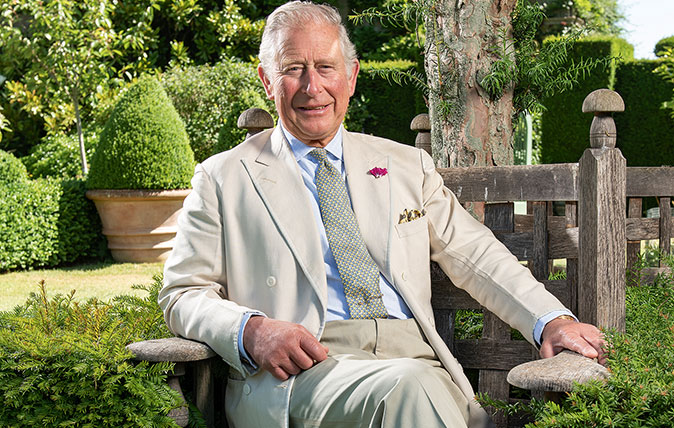
Credit: HRH The Prince of Wales, photographed by John Paul for the Country Life Picture Library
HRH The Prince of Wales: ‘We may be the last generation fortunate enough to experience the wonderful people, skills and activities of our countryside’
HRH The Prince of Wales has guest edited the November 14 edition of Country Life. In his leader article, he
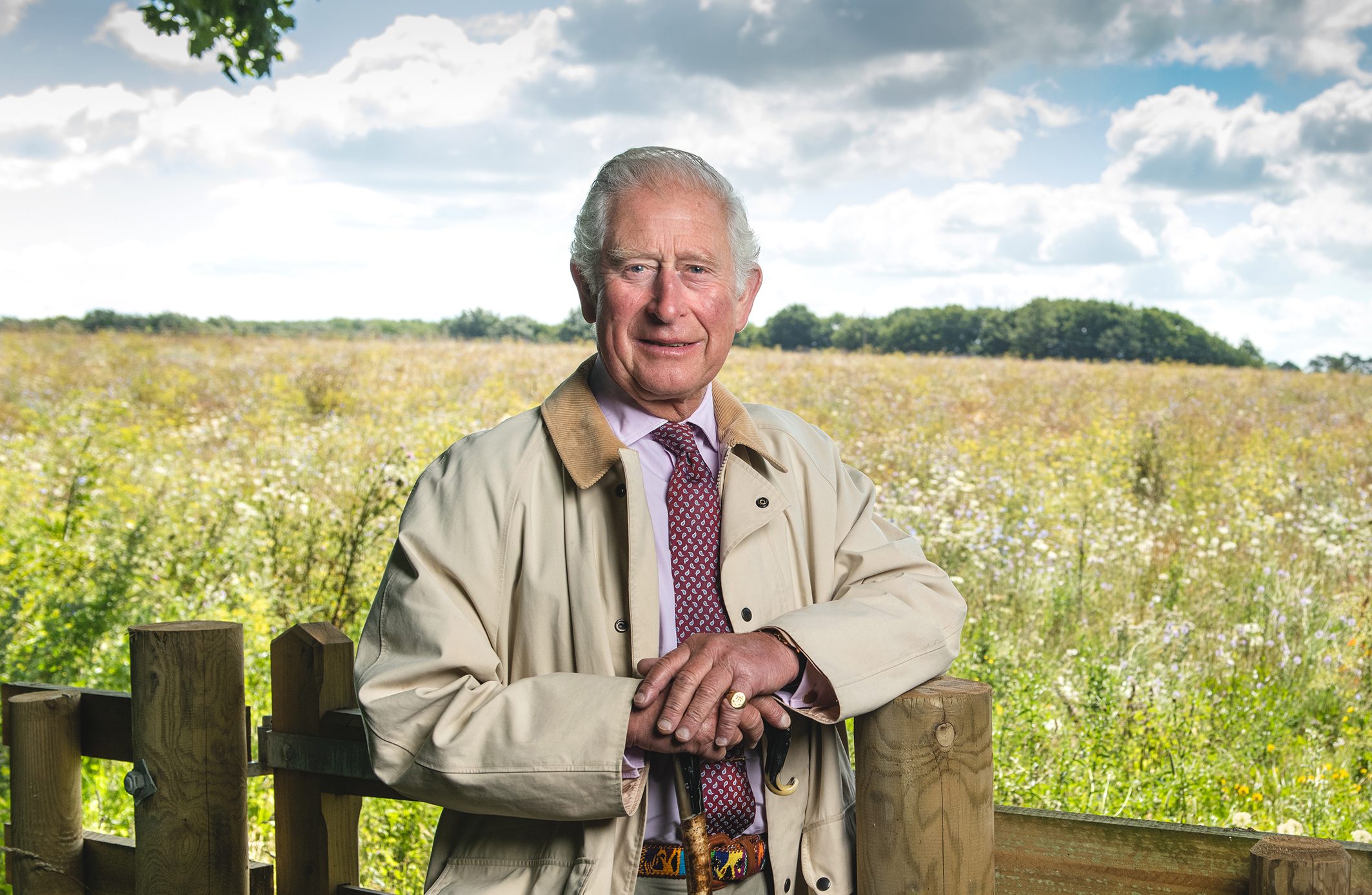
HRH The Prince of Wales: 'We have a very short window of opportunity, which must not be squandered, in which to seize something good from this crisis'
As the country confronts another lockdown, The Prince of Wales applauds the stoicism of rural people and urges us to
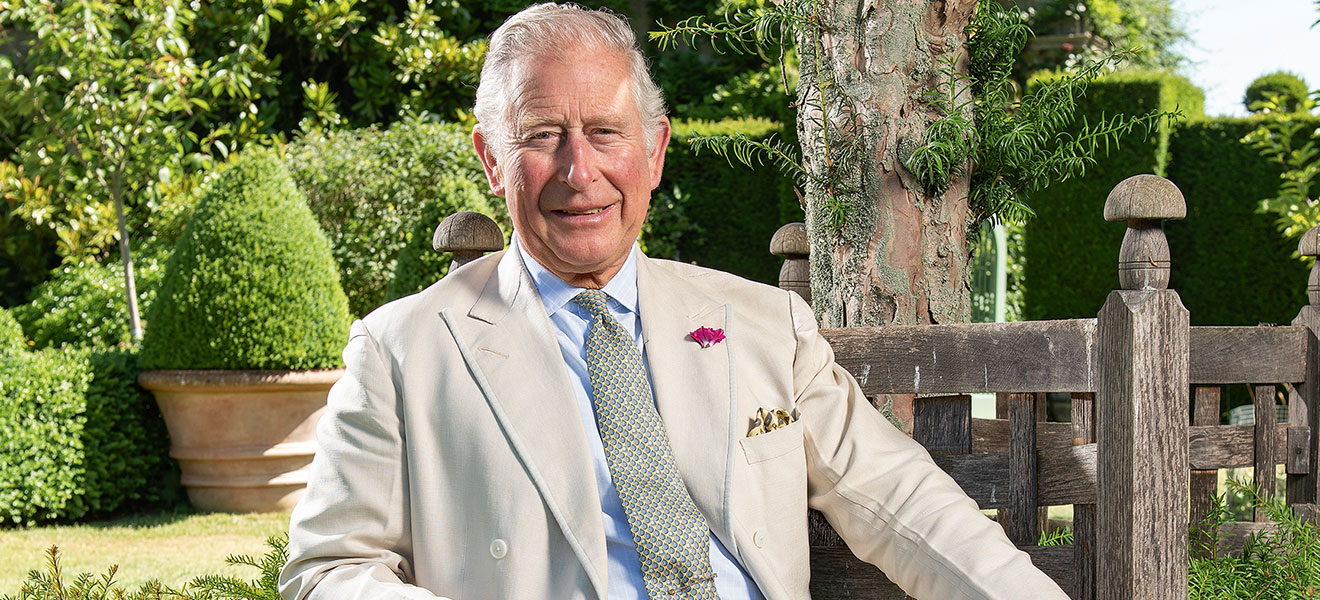
Credit: HRH The Prince of Wales, photographed by John Paul for the Country Life Picture Library
HRH The Prince of Wales: Why telling the story of environmentally-friendly farming is just as important as the farming itself
In his annual birthday message in Country Life magazine, The Prince of Wales applauds efforts to combat climate change and
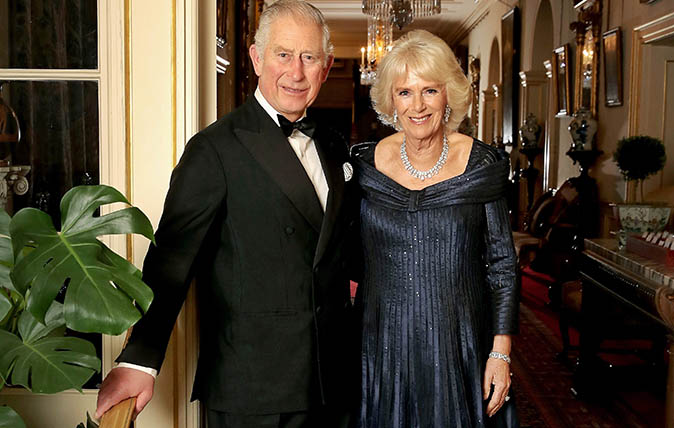
The Queen’s birthday toast to Prince Charles: ‘Passionate and creative… in every respect a duchy original’
The Royal Family has released details of the birthday toast given by HM The Queen at Prince of Wales' birthday
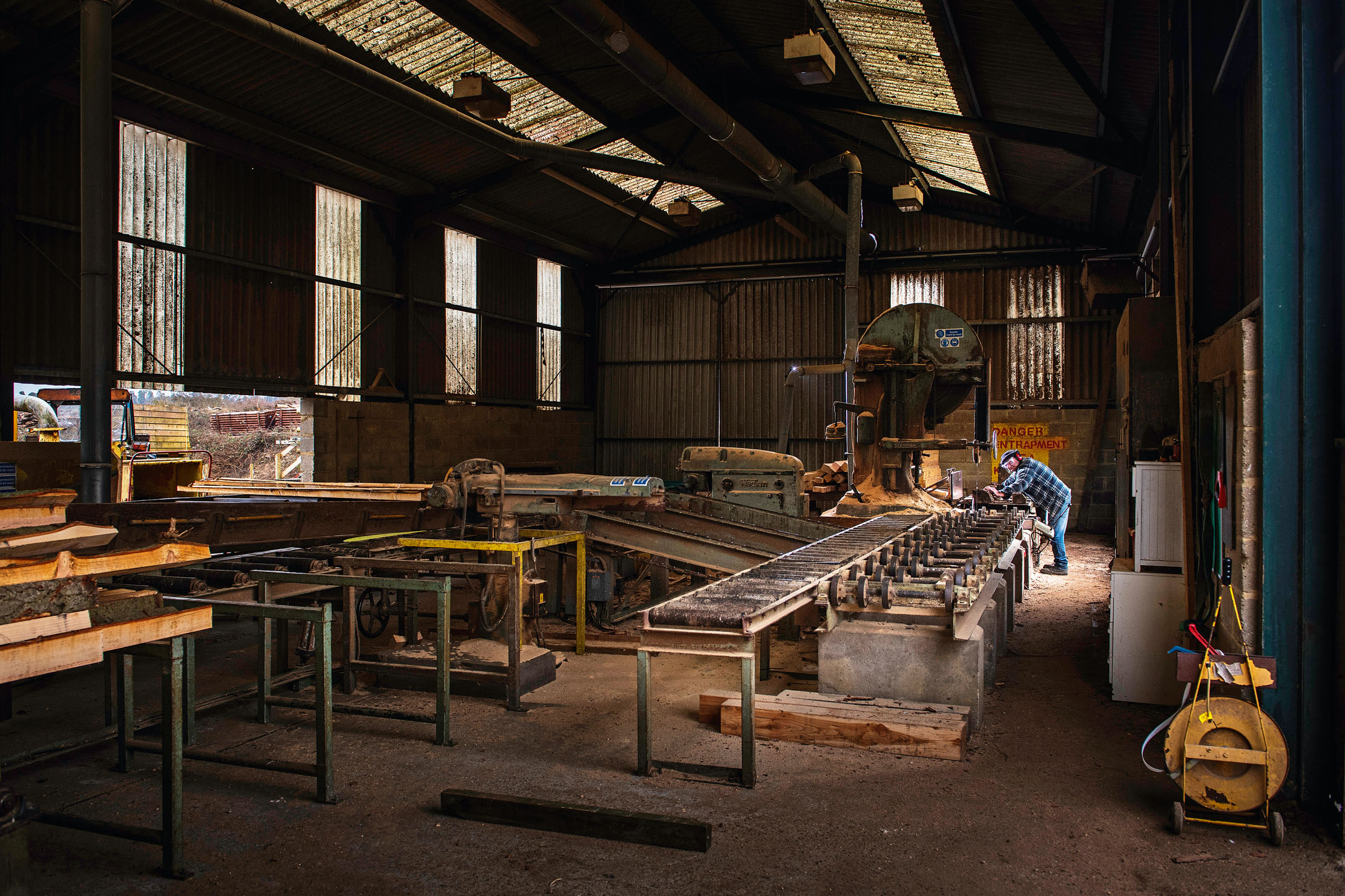
The facts and figures behind The Prince of Wales's programme to turn Sandringham fully organic
The Prince of Wales and his team have spent three years turning Sandringham into a fully-organic estate — an undertaking
-
 Some of the finest landscapes in the North of England with a 12-bedroom home attached
Some of the finest landscapes in the North of England with a 12-bedroom home attachedUpper House in Derbyshire shows why the Kinder landscape was worth fighting for.
By James Fisher
-
 The Great Gatsby, pugs and the Mitford sisters: Country Life Quiz of the Day, April 16, 2025
The Great Gatsby, pugs and the Mitford sisters: Country Life Quiz of the Day, April 16, 2025Wednesday's quiz tests your knowledge on literature, National Parks and weird body parts.
By Rosie Paterson